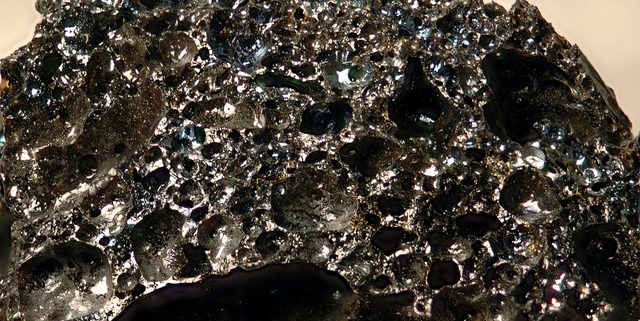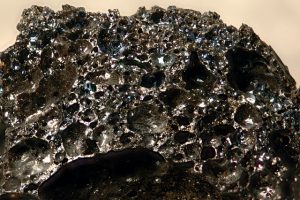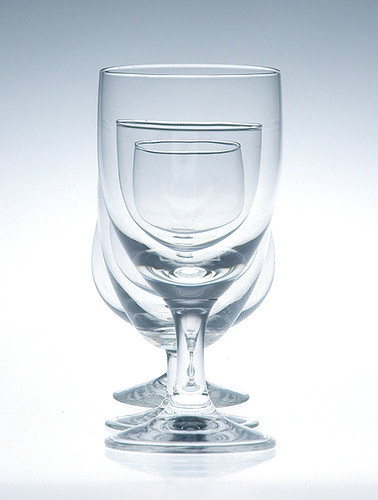Glass experiments may reveal Martian secrets
Man has been interested in Mars for thousands of years, largely because the planet seems to be similar in size and composition to Earth. Unlike Earth, the Martian environment can’t support complex life, but scientists are uncertain about what happened during the planet’s evolution to differentiate it so remarkably from its terrestrial neighbor. Recent explorations are raising more questions about the Red Planet than they’re answering. One observation about Mars is that there appear to be significant glass deposits on or near the surface of the planet. How did the glass get there, and what does the glass reveal about the history of Mars?
A group of Canadian scientists examined basalt and basaltic glasses in highly acidic solutions for more than 7 months. The purpose of this was to determine the impact of strong acids on the materials. Basalt and basaltic glasses both gave off silica when exposed to strong acids on a long-term basis and under high temperatures, but the basaltic glasses showed alteration only at the surface of the glass. Basalt, on the other hand, showed deterioration throughout the sample. Samples treated at with a less acidic substance at a lower temperature didn’t show the same alterations.
The scientists concluded that basaltic glasses were more stable in conditions known to exist Mars, but that the test materials showed similar alterations to those analyzed from the Martian surface. They concluded that the Martian surface could have undergone a high-acid, high temperature event, which would explain the condition of glasses on the surface of Mars.
It’s not currently possible to know whether the conditions were present during the planet’s formation or they occurred somewhere in the chain of events linked to the planet’s demise. The condition of Martian glass may enable scientists to find other clues about what might have happened during the planet’s history to render it unable to support life.
Glassprimer™ glass paint is a specialized glass coating that bonds permanently to glass surfaces. GlassPrimer also makes a glass surface molecular activator that is designed to work with UV-inkjet glass printing processes. Glassprimer™ glass paint can be used in both interior and exterior applications and can help reduce solar heat gain in some applications. For more information about Glassprimer™ glass paint, please visit the rest of our site. If you’d like to purchase Glassprimer™ glass paint, please visit our online store .
Photo Credit: James St. John, via Flickr.com



